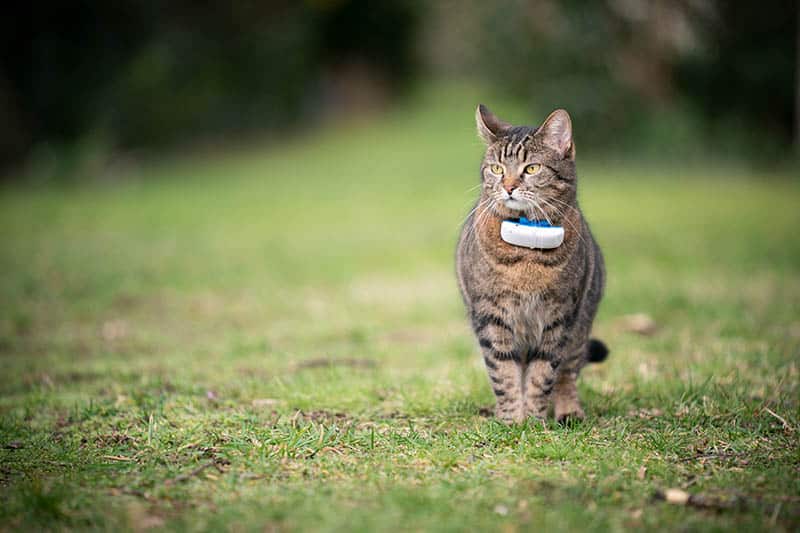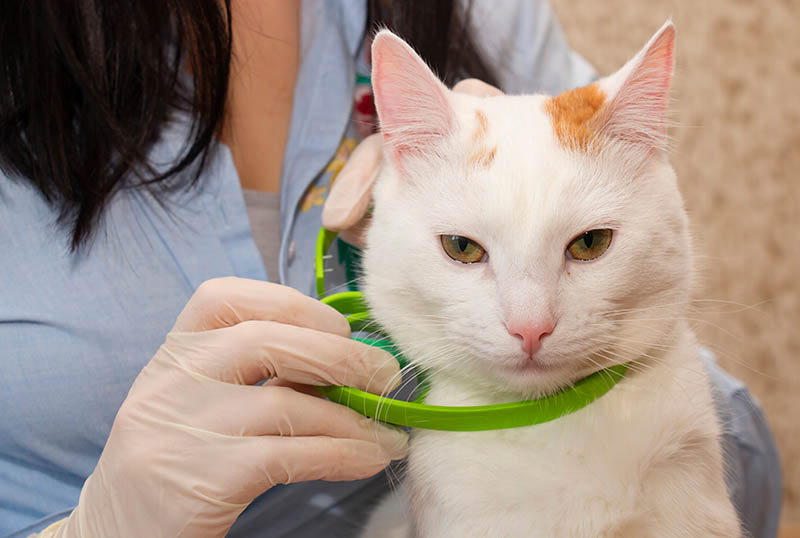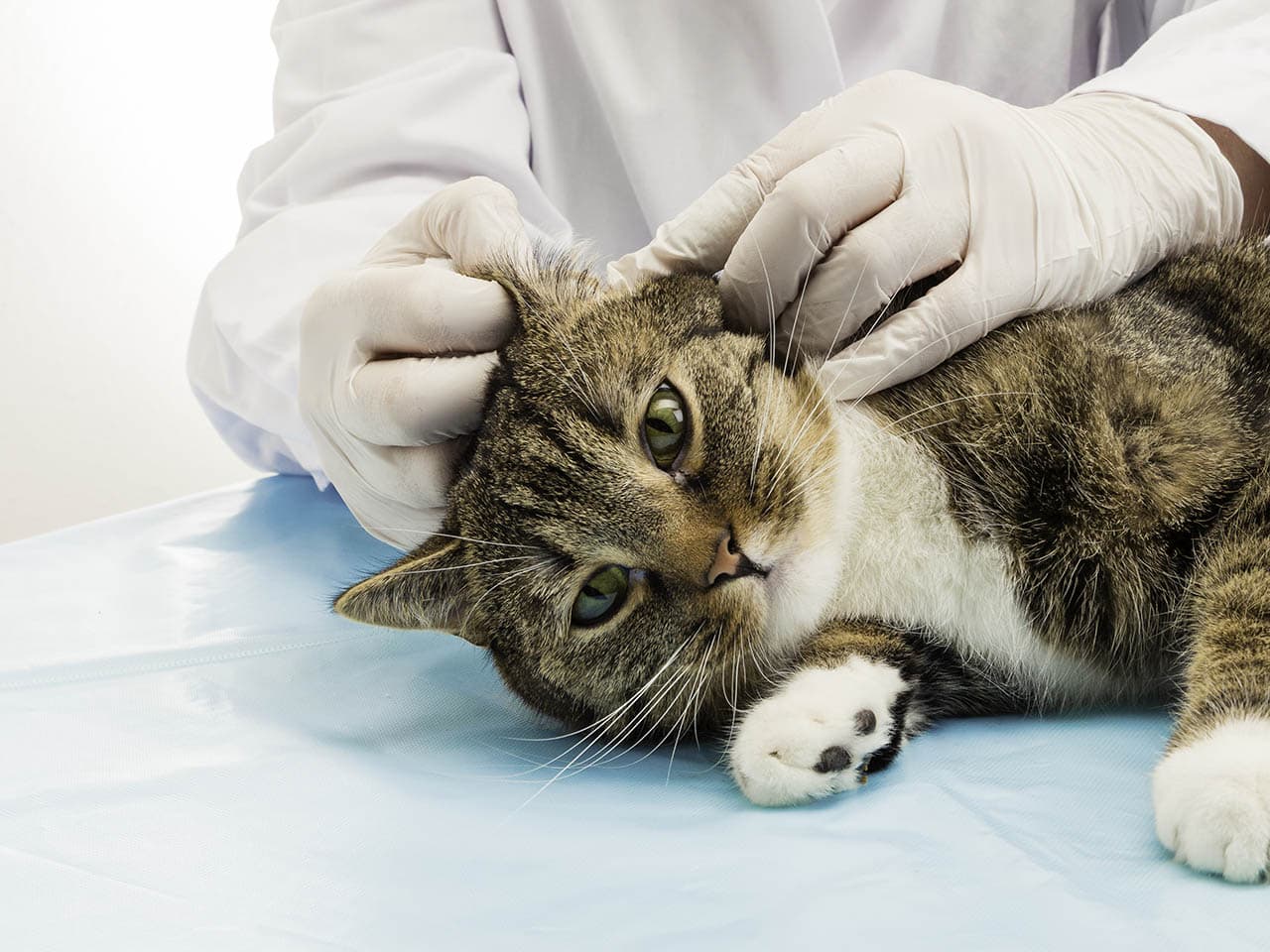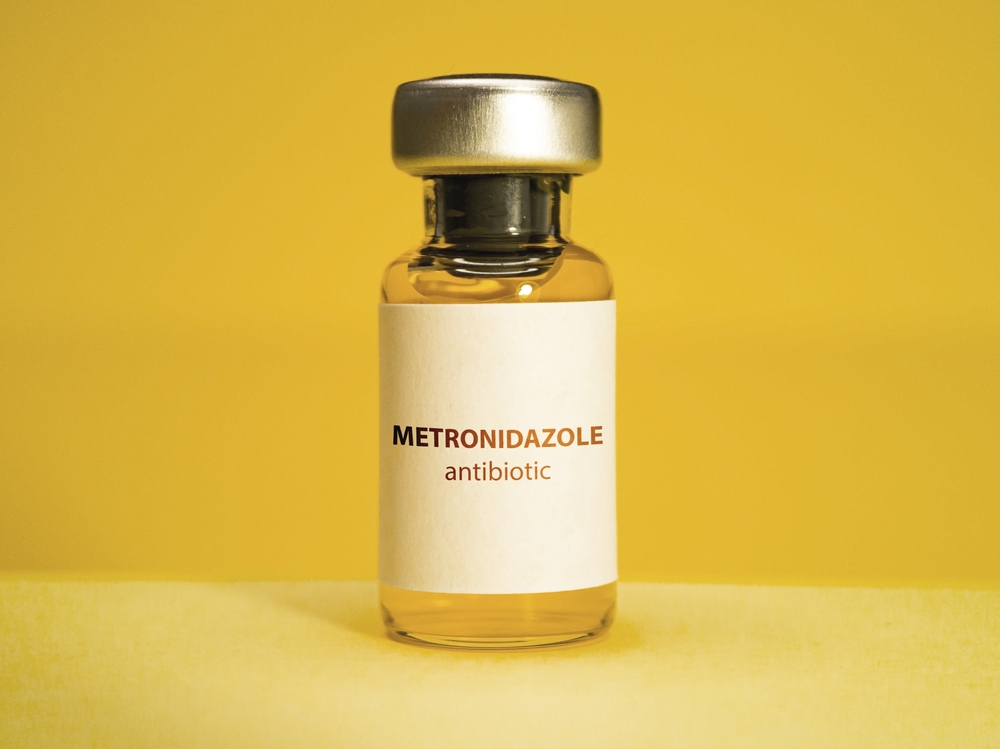Click to Skip Ahead
The way some people see it, we have two types of people in this world. You’re either an ailurophile or a cynophile. An ailurophile is someone who fancies cats as pets, more than any other animal. A cynophile, on the other hand, is only into dogs. If you purport to love both animals equally, you’re just a pet lover.
People love cats for different reasons, but we love them because they often trigger the release of a neurochemical called oxytocin (when cuddled with). Oxytocin is also called the love hormone, and it’s actually good for your health. As per neuroscientists’ findings, it increases your emotional perception, while simultaneously reducing blood pressure and cortisol levels.
The point is, if you ever find us pampering our cats, now you know why—and pampering might sometimes include buying them a collar or two.
The only problem is, according to vets, these collars may not always be good for the cat’s general health or even their mood, and the decision to buy your cat a collar should be assessed on an individual basis.
Should Cats Wear Collars?
Like many things in life, before making up your mind, you may wish to weigh the pros against the cons. If the pros of wearing a collar outweigh the cons, there’s your answer. But in this case, we think it solely depends on your preference, and what you feel is good for your fur baby.
For instance, if your cat has always been raised indoors, but lately, they’ve been wandering around outside, maybe buying a collar that comes with a tag is not a terrible idea.

Can a Collar Just be a Cute Accessory?
Yup, it definitely can. Particularly if it comes with those shiny bells that let you know where they are at all times, or what they are up to. With such a collar, you won’t have to panic every minute of every day, thinking someone just stole your baby while you were focused on something else. Generally speaking, if your cat’s collar is placed properly and they don’t seem to mind its presence for about 24 hours, leaving it on as an accessory should be fine.
The Benefits of a Collar
The main purpose of a collar is its ability to identify your cat and reunite lost pets with their owners in the unfortunate event that they’re lost (and hopefully, found). Though microchips can serve a similar role, it’s important to note that not many people have a microchip scanner at home, and for some people, the thought of a cat potentially having a microchip may not cross their mind. Cat collars do offer some additional benefits and advantages that justify their use in some cases.
Finding the right cat collar can be tricky with so many options on the market. Our favorite is the Hepper Breakaway Collar, a durable hemp collar with adjustable slip-locks, a reliable quick-release buckle, and an included jingle bell to keep your local wildlife safe. This collar is stylish and practical, perfect for any cat!
At Catster, we’ve admired Hepper for many years and decided to take a controlling ownership interest so that we could benefit from the outstanding designs of this cool cat company!
Identifying Kittens
Temporary collars can help you distinguish between similar-looking kittens in a litter. This can be useful if you’re fostering kittens that look nearly identical because you’d want to also keep track of their weight, making identification important. It’s also important in circumstances where you plan to adopt, foster, or (for breeders) sell a kitten once they’re weaned. Many collars intended to be used this way (particularly those for orphaned kittens) are infused with synthetic cat hormones, which are intended to calm them by mimicking the presence of their mother.

Distinguishing a Pet Cat From Stray or Feral Cats
Collars might also be warranted if, as described earlier, your cat frequently goes outdoors. A collar can help others instantly know that your cat is a pet, and in some cases, a lost pet can be reunited with their owners this way, as rescuers who are reluctant to approach a cat might be reassured when they see a collar. Your cat would also be identified as a pet and not a stray or feral cat when they’re outdoors and spotted by people performing a capture, neuter, and release program. Though a microchip can also identify your pet, it isn’t immediately visible, so your cat might still have to endure an unnecessary capture if they roam without a collar.
Tracking Your Cat
In addition, collars have the potential to be used as a tracking device. Again, this niche functionality is mostly for cats who roam (which is a controversial topic in itself). Nonetheless, the functionality is useful, as you can pinpoint your cat’s location on a device (usually your phone) to know where they are while they’re outdoors. This can be a useful tool if your cat ever gets lost.

Combined Use With Accessories
The ability to serve as a tracking device also pairs well with some other pet accessories that require a collar on your pet to function properly. For example, some cat doors are equipped with a chip that pairs with a chip in your cat’s collar. In other words, the cat door would only open for your pet, but not for an unwanted guest (such as a racoon). Similarly, some treat and food dispensers will dispense food for your cat if they detect your pet’s presence (again, this is mostly done with a corresponding device placed in your cat’s collar).
Protecting Local Fauna
Some roaming cats are rather skilled at hunting local fauna. Again, while a controversial topic, a bell or sound collar can sometimes help would-be prey by alerting them to the cat’s presence.

Parasite Control
Yet another much-debated benefit of collars is that some of them can also serve as a form of parasite control. These are also known as flea collars, and though their use is controversial, it might be acceptable when the collar isn’t an issue for your cat’s skin and doesn’t contain any harmful ingredients.
Drawbacks of a Collar
Collars are not without their drawbacks. For starters, there’s the issue of safety. Take an instance where the pet parent never got a breakaway collar and instead bought one that can only be removed conventionally. Breakaway collars are the only safe option for roaming cats because it allows the cat to escape if the collar ever snags on something (as the name suggests, it will break away). Though the breakaway feature of the collar will prevent injury, all other functionality of the collar will be lost and your cat may no longer be identified as a pet.
The same issue exists for collars that pair with another accessory for functionality. If they’re ever lost or the chip is damaged, the accessory will not work. This might lead to unexpected scenarios (such as a cat not being able to use their cat door anymore). In addition, it will likely result in more upkeep costs to continue using the accessory, as a replacement might need to be ordered.
As we discussed, flea collars are not without controversy either, as their use cannot be justified on a wide scale and needs to be assessed on an individual basis. Other alternatives of parasite control in cats are considered more reliable for these reasons. Likewise, some cats are not deterred by a bell collar when they’re hunting animals. They often ambush their prey so carefully that the collar fails to warn their prey of the cat’s presence.
Let’s not forget the cat in all of this. Many cats may not appreciate a collar and will try their hardest to remove it. The stress this may cause could be an issue for some individuals, but the collar itself may make things worse. An improperly applied collar (too tight or too loose) is risky for a cat. If it’s too tight, they may not be able to swallow food properly and they may even struggle to breathe. Conversely, if it’s too loose, the cat may just remove it, defeating its purpose. Worse still, some cats can get a loose-fitting collar stuck on their jaw (usually their lower jaw) when they attempt to remove it.

Do Microchipped Cats Need Collars?
Again, it all comes down to your personal preference. Microchips offer benefits that collars do not; chief among them being easy long-term identification and the ability to store a lot of information on a database that can be read with a single scan.
In some cases, the immediate sight of a collar helps identify a cat as a pet, so pairing a collar with a microchip might be beneficial as an added form of identification. However, microchips are more efficient than collars when it comes to longevity, as they don’t undergo wear and tear and don’t end up missing.
The main issue that we have with microchips is how they always force finders to visit animal care centers so that they can identify a lost pet using a scanner. Without that scanner, you’ll never be able to tell who’s the pet owner or where they came from. In addition, they can identify a cat but can’t track their location the way a GPS collar would.
The 6 Types of Cat Collars
1. Breakaway Collars
The breakaway collar is the most preferred collar and the safest. These are sentiments shared by many vets. They’re also known as “quick release” or “unclip under tension” collars.
A breakaway collar has a buckle, designed to come apart or “break” should you exert a small force. So, if the cat inadvertently worms their way into something dangerous, they’ll be required to just pull the collar a little bit harder for it to unbuckle.
The other unique property of the breakaway collar is the fact that it can be adjusted to “break” when different amounts of pressure are exerted. It has three settings, labeled as heavy, medium, or light pressure. To top that off, the exterior is always reflective to facilitate visibility in low-light situations.
2. Flea Collars
Flea collars are intended to control exoparasites but are controversial. It’s very difficult to endorse their use or disuse, as it often comes down to the brand in question, the ingredients in the collar, and the way your cat reacts to the collar itself. While some cats have no adverse reactions to these collars, others may develop bald patches where the collar is placed. There have been reports of some animals reacting adversely to the collars, but it is important to note that this is rare. In some cases, flea collars have also adversely affected humans. Immunocompromised people, pregnant women, children, and the elderly are considered at higher risk than healthy individuals. However, reports of incidents in humans are also very rare on a statistical basis.

3. Elastic Collar
Elastic collars are an alternative to breakaway collars. The intention behind the design is that the collar will stretch if it gets caught on something, allowing the cat to remove the collar from around their neck and escape. However, they’re not as popular because their elastic properties are also their drawback: cats can sometimes get their mouth or a leg stuck in these collars because of their ability to stretch.
4. Buckle Collar
Collars with a buckle resemble a belt, come in a variety of designs, and can usually be customized. However, these aren’t recommended as they can’t be removed by your cat if they ever get snagged on something. Their use is controversial and typically only justified for extremely placid, fully indoor cats that are always supervised. At other times, they’re used on a temporary basis only (for example, placed on a cat to take a few pictures and then promptly removed). These should be treated as an optional fashion accessory and not a permanent fixture on your cat.
5. Pheromone/Calming Collars
These collars are often used on orphaned kittens or cats that are overly stressed. They’re typically infused with synthetic feline pheromones that are intended to produce a calming effect for the cat when worn. However, their efficacy is disputed and anecdotal evidence suggests they don’t always work to calm a cat.

6. Elizabethan Collar
This collar isn’t intended for long-term use and is usually something that you should place on your cat at a vet’s direction. The purpose of this collar isn’t to identify your cat, but rather to prevent them from biting and licking their body or scratching their head excessively. These are usually used as part of post-operative care for pets, where their self-grooming and trauma-inducing habits need to be temporarily prohibited. It is also known as a cone collar, donut/doughnut collar, or e-collar.
Add Ons
Almost all collars have some form of customization and add-on capabilities. ID tags, reflective strips, GPS trackers, bowties, and bells can usually easily be added onto a collar in most cases to personalize them for your cat. Some collars can even be purchased with a separate leash and harness attachment (if your cat enjoys walks).
Placing a Collar On Your Cat
If you decide to place a collar on your cat, make sure you do it properly. Start by purchasing a collar that’s intended for your cat (for example, a collar intended for an adult cat will likely be too big for a kitten if it only has a few size options). Gently place the collar around your cat’s neck and adjust it so that you can comfortably slip your index and middle finger under the collar. This ensures that the collar isn’t too tight or too loose.
Periodically check the collar to make sure it isn’t getting too tight for your cat; this is very important for kittens or cats that are gaining weight. A collar might end up being too loose if your cat is on a weight loss program as well.
Some flea collars need to be activated by stretching them before they’re placed on your cat. Ensure you follow all instructions on a flea collar prior to its application. It’s best to only apply a flea collar on your cat at your veterinarian’s discretion and advice.
Don’t force your cat to wear a collar if they don’t want to. Also, don’t make the mistake of assuming they will instantaneously fall in love with whatever collar you buy him or her. Give your cat time to get used to the smell and the feeling of walking around with something around their neck. You could even train them by offering treats every time they have a temporary collar on.
If your cat seems to adjust well to the collar’s presence in a few hours and seems perfectly normal after about a day of having it on, it’s generally acceptable to leave the collar on (provided it is not intended for temporary use only). If your cat seems too stressed by the collar, is always trying to remove it, and generally does not seem to like it, it’s advised to not persist.

Final Words
The decision to purchase a collar for your cat requires some thought and justification. Though collars have some benefits, they’re not without their drawbacks. Outdoor cats should only be given breakaway collars. It’s best to discuss a collar’s use with your veterinarian before purchasing one for your cat, as it may not be entirely necessary in some cases.
Featured Image Credit: bmf-foto.de, Shutterstock














